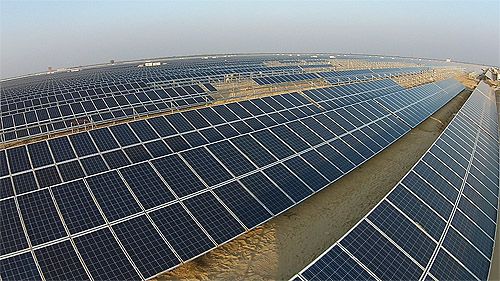Environmental Impacts Of Solar Power
Apr 07, 2019 • 27 views
Whenever protest starts against non-renewable energy sources, we give renewable sources as the solution. But are renewable sources free of environmental impact? Harnessing solar energy from sun is a hot topic nowadays. The sun provides a tremendous resource for generating clean and sustainable electricity.
The potential environmental impacts associated with solar power include land use and habitat loss, water use and use of hazardous material in manufacturing.

Regarding land use, utility scale PhotoVoltaic (PV) solar cells require 3.5 to 10 acres per megawatt. While Concentrating Solar thermal Plants (CSP) require 4 to 16.5 acres per megawatt. Unlike wind power, there is less opportunity for sharing lands for agriculture. This impact could be minimized by siting them at abandoned mining fields and brownfields.
Regarding water use, water is required to manufacture solar PV components. Concentrating Solar thermal Power plants require water for cooling. Also, water consumption for CSP range from 600 to 650 gallons of water per megawatt hour of electricity produced.

Regarding use of hazardous materials, manufacturing include hazardous chemicals like hydrochloric acid, nitric acid, sulphuric acid, hydrogen fluoride, acetone etc. Thin film PV cells contain a number of toxic materials including gallium arsenide, copper-indium-gallium-diselenide and cadmium telluride. Most dangerous chemical used in manufacturing is selenium, which is a threat, even for human life.
Regarding life cycle emissions, it's between 0.07 to 0.18 pounds of CO2 equivalent per kilowatt hour. Although solar power has comparatively lower emissions than non-renewable sources, the chemicals involved and land and water use is a matter of concern.
